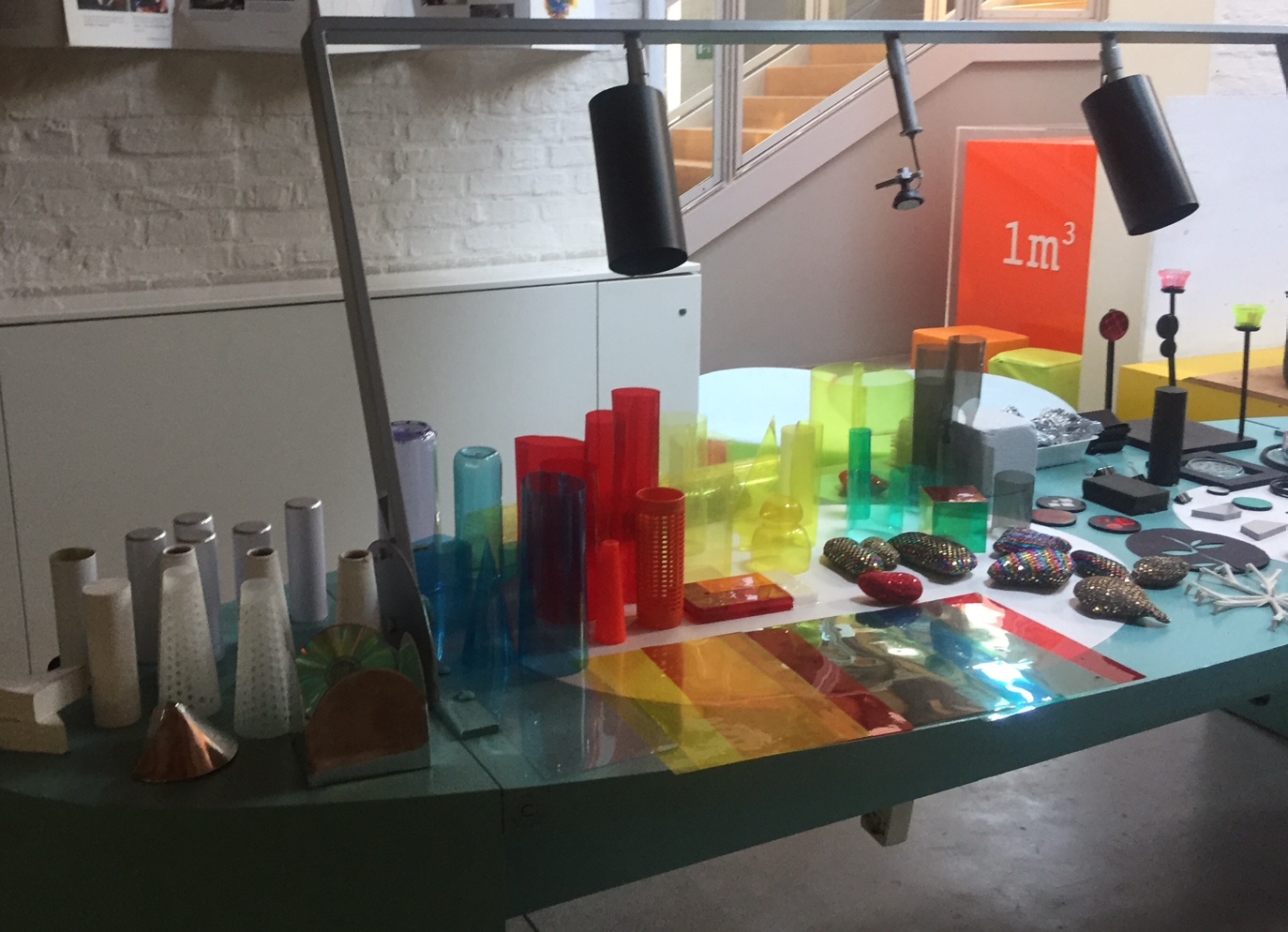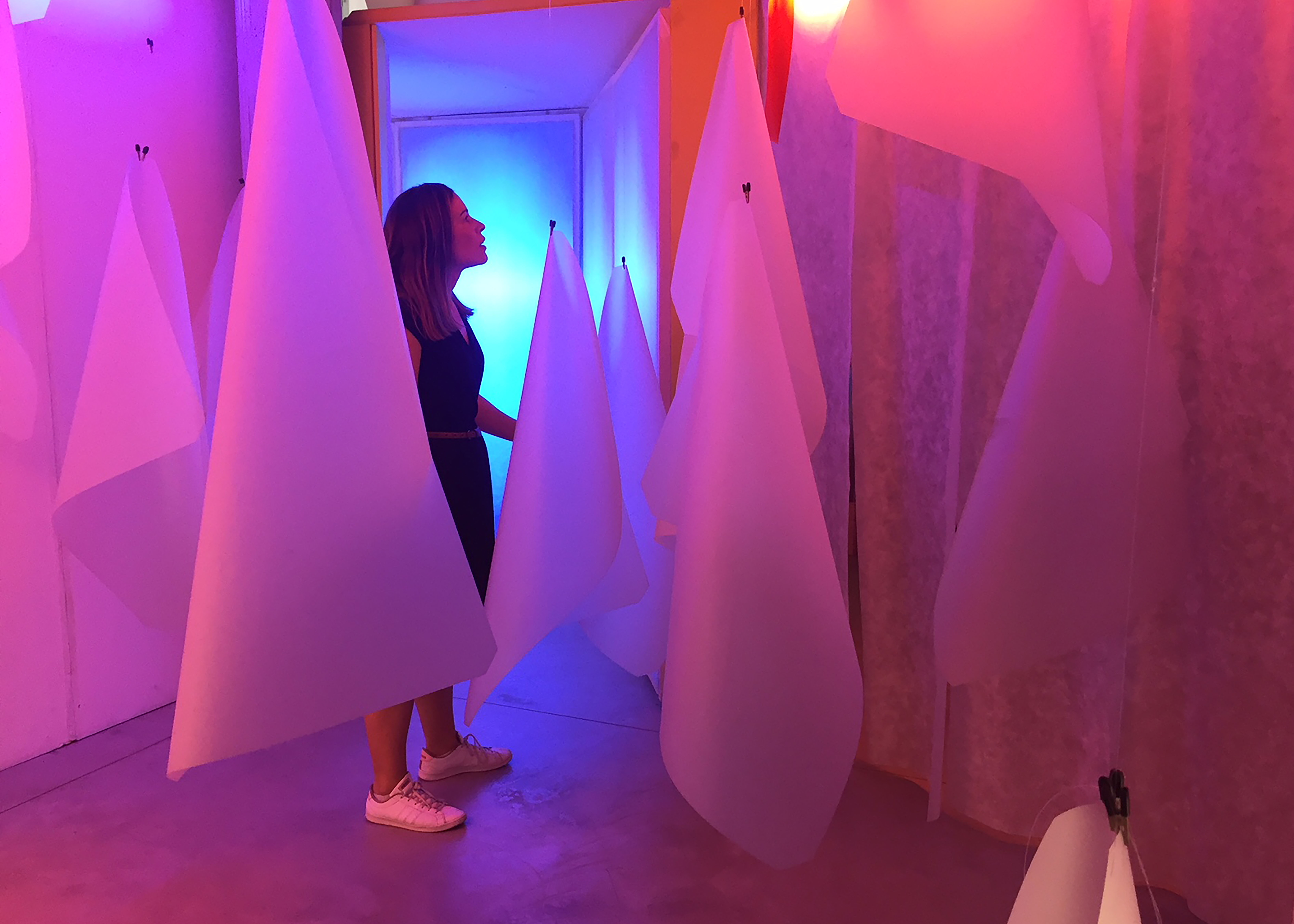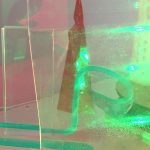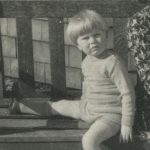Earlier this month I was fortunate enough to visit the Loris Malaguzzi centre in Reggio Emilia. I was interested in learning more about the early childhood philosophy’s approach to children’s creativity, art and learning with materials. This post shares key ideas around the role of the ‘atelier’ in the Reggio Emilia approach. I also discuss my reflections on the Ray of Light atelier space at the centre.
“Tools and materials make it possible for children to have experiences in which their thinking takes on different forms” (Dahlberg & Moss, 2010)
The Atelier – a space for children’s creative experimentation
Educators from Reggio Emilia often talk about the unpredictable nature of learning in which knowledge is formed through unexpected relationships and new connections. This understanding challenges the idea that education is a linear process of development. In Reggio Emilia preschools, the atelier is a creative studio for young children’s imagination, expression and experimentation that actively strives to encourage dynamic learning processes through the arts.
Activities inside an atelier are developed and facilitated by an atelierista, or creative facilitator who supports children’s learning through various artistic forms. These creative forms are what Reggio Emilia educators describe as the multiple ‘languages’ of learning:
“When we speak of languages we refer to the different ways children (human beings) represent, communicate and express their thinking in different media and symbolic systems; languages. Therefore, are the many fonts or geneses of knowledge” (Dahlberg & Moss, 2010).
Giving children the opportunity to learn through different artistic forms, or languages is important as mainstream education curriculum is often focused on encouraging children to learn in two singular ways: reading and writing.
The Ray of Light atelier
During my visit to the Loris Malaguzzi centre, I visited the Ray of Light atelier. Pictures of this can be seen above and below. My first impression walking into the atelier was of how breathtakingly beautiful the material’s selection and arrangement were. Such careful consideration had been given to how each and every object and tool had been positioned in relation to one other. The combination of natural and artificial lighting was immaculate.
The Ray of Light atelier also made me realise how the same material can take on a completely different form when presented in a different context. For example, a piece of colourful, see-through acetate looks very different on a light table to what it does on an overhead projector. These various contexts create very different invitations towards children’s experimentation.
Nearly all of the materials on display in the atelier were inexpensive or recycled objects that had been presented in exceptionally creative ways. Children’s art education experiences do not have to be expensive, but they do need to think creatively differently about how materials and tools are used to support children’s divergent learning.
What I found most inspiring in the Ray of Light atelier was the deep thought that had been put into the creative possibilities that could emerge from the interactions between the materials, tools and equipment. Children are then able to explore the potential of these interactions through their play in the space.
At the same time, I thought about the influence of the Reggio Emilia ‘atelier’ model has had on early childhood educators around the world (which is HUGE)! While I am a huge fan of the educational philosophy, I do feel concerned that some early years educators use the Reggio Children books like they are religious texts. I am not sure if the authors who originally wrote these books meant them to be used in such a way. Many other brilliant thinkers have also written on children’s learning in the arts and the significance of creativity in education. I think it is really useful to keep exploring ideas and practices relating to children’s learning in the arts that are outside of the Reggio Emilia approach. These can then be combined in new ways with the ‘atelier’ approach in preschools.

Final words
I was so grateful to have had the opportunity to visit the Loris Malaguzzi Centre. My time there was nothing short of inspirational. It also made me think a lot about the future of children’s learning with materials and how this could be expanded on beyond the discipline of visual art. Materiality is also an important part of science, technology, architecture and engineering. It is exciting to think about the partnerships that could be formed between educators and professionals exploring materials across different fields and what this could offer children’s material learning in the future.
Further Reads
Vea Veechi’s book ‘Art and creativity in Reggio Emilia: Exploring the role and potential of ateliers in early childhood education?’ shares key ideas around the role of art and creativity in the Reggio Emilia education philosophy. Vea was an atelierista (a teacher with an art background) who worked in a Reggio Emilia kindergarten for over 30 years.
Carolyn Edwards, Lella Gandini and George Forman’s book ‘The Hundred Languages of Children: The Reggio Emilia Experience in Transformation’ is a very popular book with early childhood teachers around the world. This book touches on key ideas such as constructing an understanding of children as important community members, the hundred languages of learning, teaching through relationships and pedagogical documentation.
References
Dahlberg, G & Moss, P (2010). Introduction: Invitation to the dance. ‘Art and Creativity in Reggio Emilia: Exploring the role and potential of ateliers in early childhood education.’ Routledge, new york
Related Posts
A visit to the Reggio Australia pedagogical documentation centre




